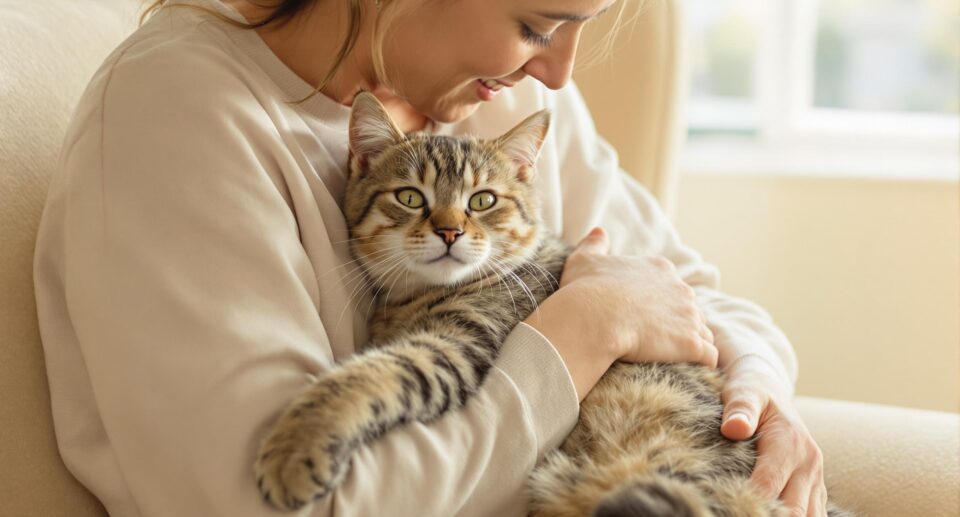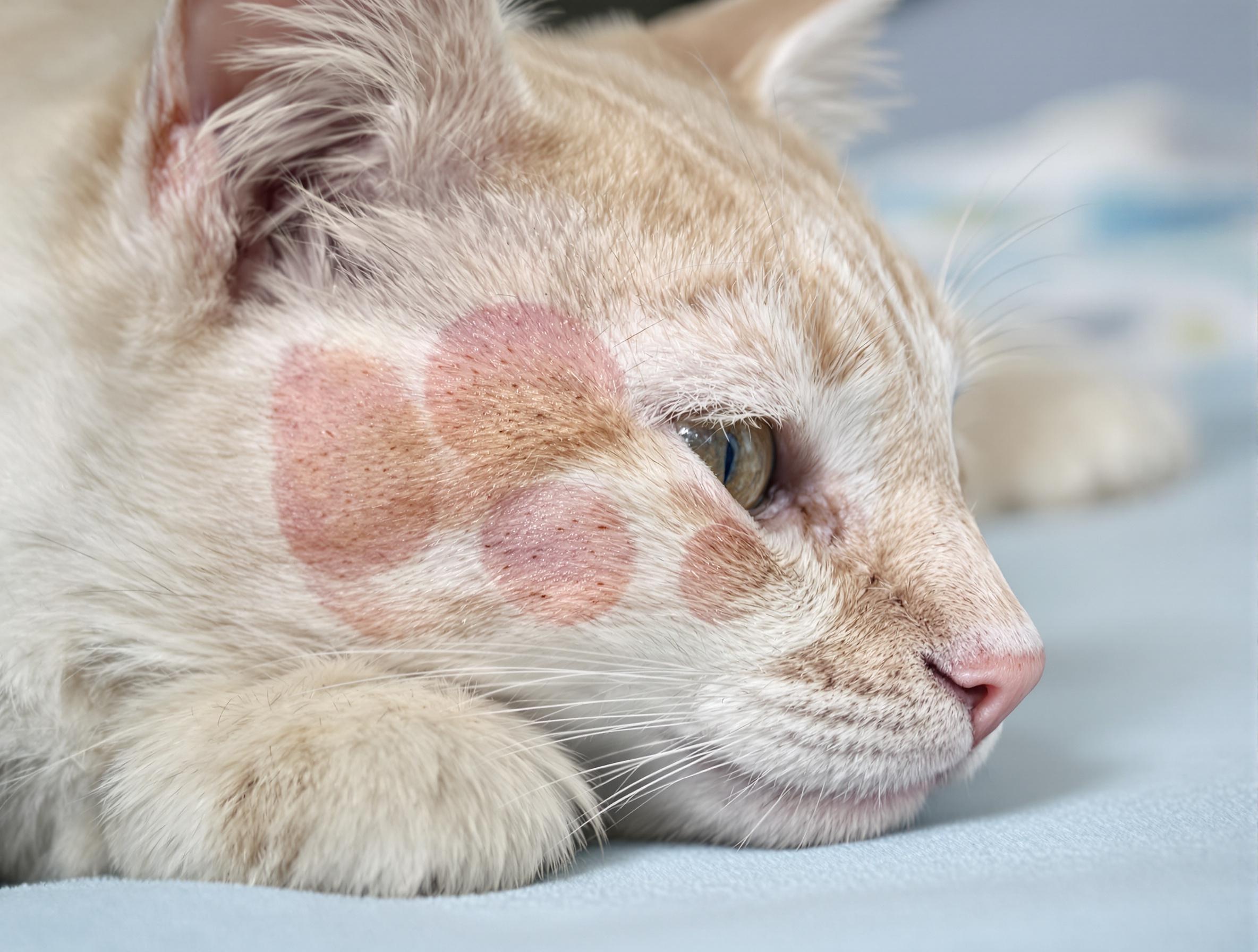Do Indoor Cats Need Microchips?

In United States shelters, less than one percent of feline intakes are microchipped. Cats are also much less likely than dogs to be found wearing a collar with ID tags. Without identification, it can be nearly impossible for shelters to successfully reunite a lost cat with their family.
Though your indoor cat may spend all of their time safe at home, it’s still a good idea to have them microchipped. If they’re ever lost, that tiny chip can make all the difference in getting your cat back home to their favorite spot on the couch.
But My Indoor Cat Never Goes Out!
Keeping your cat indoors and preventing them from wandering is a great way to keep them safe. But even an indoor-only cat can wind up roaming the streets.
Though you may never let your cat out, there’s always a chance they will make a break for it if a guest or serviceperson leaves a door open.
Cats that aren’t inclined to explore, even when given the opportunity, can still get separated from their family. They could get lost if frightened by a thunderstorm or fireworks, during an emergency evacuation, home invasion, or fire, during transportation, or while you’re in the process of moving. Stress and unfamiliar environments can cause a cat that’s normally not flighty to suddenly go missing.
Though it may seem unlikely to happen to your cat, as many as 15% of pets will go missing in their lifetime. Having a microchip provides peace of mind even though your cat may be lucky enough to never need to have it scanned.
Is Microchipping Really Worth It?
Having a microchip is a good idea. But is it really worth putting your cat through a stressful trip at the vet?
Your cat can get chipped during their yearly checkup. It only takes a few minutes for your veterinarian to place a microchip. The chip is smaller than a grain of rice, and your cat will feel no more than a quick pinch as your vet injects it between their shoulder blades.
Placing a microchip costs about $45 on average. It may be even cheaper if bundled with other routine services at your vet’s office. Your local shelter or humane society may offer low-cost microchipping options, especially during National Chip Your Pet Month in May and National Microchipping Month in June.
Make an appointment today to get your cat chipped. It’s the easiest decision you’ll ever make for your pet.





